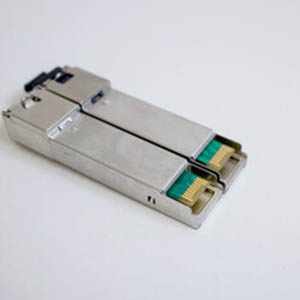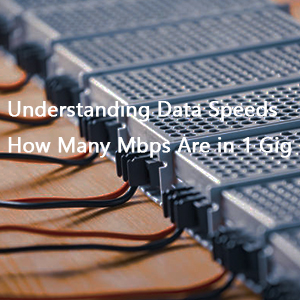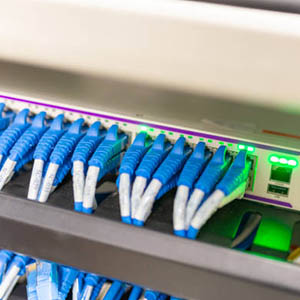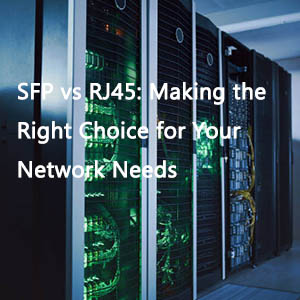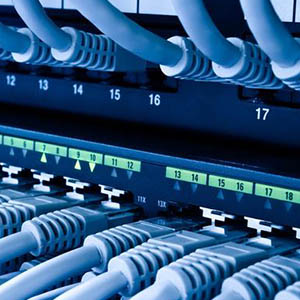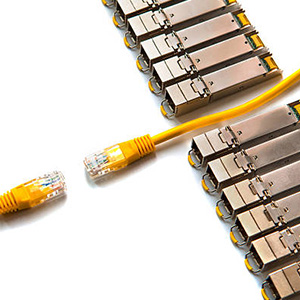Fiber optic transceivers are indispensable devices in modern communication networks, used to convert electrical signals into optical signals and achieve long-distance transmission. However, in practical applications, the interoperability and compatibility issues of transceivers may directly affect the performance and stability of the network. Interoperability refers to whether fiber optic transceivers from different manufacturers can work seamlessly in the same network, while compatibility involves the degree of adaptability of transceivers with different types of optical fibers, optical modules, and network devices.
In order to ensure the stable operation of the network, it is particularly important to select fiber optic transceivers with good interoperability and compatibility. When selecting equipment, it is necessary to consider whether it supports standard protocols and whether it is compatible with existing network equipment, and to ensure that transceivers from different manufacturers can work normally in the same network environment through actual testing.
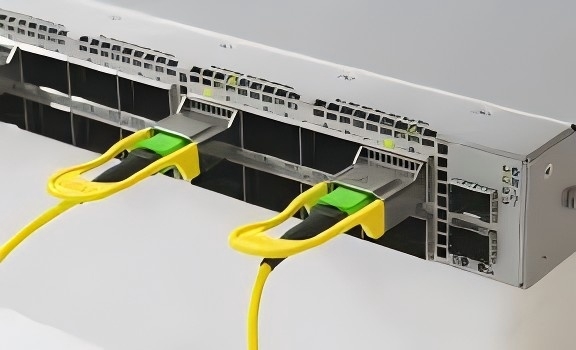
How to Ensure Interoperability Between Two Optical Modules?
When it comes to the connection between two fiber optic transceivers, the following four factors should be considered: wavelength, speed, fiber type, and switch connection.
Prerequisite 1: Same Wavelength
In a fiber-optic link, where data is transmitted from one end to the other, the fiber optic transceiver is responsible for converting electrical signals to optical signals and vice versa. Therefore, the optical transceiver should support the same wavelength at both ends to facilitate the process. Specifically, the wavelengths of the optical modules need to be matched at each end. Mismatched wavelengths can lead to loss and degradation of data transmission. For instance, a 1310nm transceiver will not communicate with an 850nm transceiver. Additionally, the operating modes of the modules should be matched at each end. A full-duplex transceiver should be paired with another full-duplex transceiver. If a full-duplex module is connected to a half-duplex module, transmission will not be possible.
Prerequisite 2: Same Speed
It is quite possible to mix two similarly appearing modules or to plug the same size transceiver into the wrong switch port. In these cases, the connection will not materialize as expected or may not work at all. Take 1G SFP and 10G SFP+ as an example. SFP modules of the same size fit seamlessly into the SFP+ port on the switch and vice versa. If an SFP+ module is plugged into an SFP port, it will operate, but the transmission speed will be limited to 1 Gbps. Conversely, when an SFP module is plugged into an SFP+ port, it will not connect. Therefore, most fiber optic transceivers with different speeds are not compatible with each other. 10GBASE-T modules are an exception and can support 1000Mbps, 2.5Gbps, 5Gbps, and 10Gbps by utilizing Cat5e/Cat6/Cat6a cables.
Prerequisite 3: Correct Fiber Type
With the aforementioned in place—and without confusing the wavelengths supported and the speeds of the two optical modules—it is also critical to select the appropriate fiber optic cable. Generally, multimode fiber optic cables can be divided into OM1, OM2, OM3, OM4, and OM5 fiber types, all for short-distance transmission. If one module is connected with OM1/OM2 fiber and another module is connected with OM3/OM4 fiber, the connection will not be successful. It may be helpful to identify them by the standardized colors on the outer sheath of the fiber. If the correct fiber type is used, there is no restriction on the connector type. It is possible to have SC on one end and LC on the other end.
Prerequisite 4: Fault-free Operation of the Switch
The above conditions lay a solid foundation for the next field experiments. On one hand, ensure that the compatible module you have purchased has been tested on the original brand of a switch. For example, a Cisco-compatible fiber transceiver must be tested on a Cisco switch to avoid abnormal operations. On the other hand, ensure that your equipment will support the module you intend to use. This is because some brands of switches are not readily compatible with modules from other vendors.
In summary, the interoperability and compatibility of fiber optic transceivers are directly related to the overall performance and stability of the network. When purchasing and deploying fiber optic transceivers, users should fully understand the technical standards of each device and the compatibility between manufacturers to ensure that the equipment can work normally in the actual network environment. In addition, by conducting interoperability tests, the best combination solution can be found between devices from different manufacturers, thereby improving the reliability and performance of the network.
Through the analysis of this article, it is hoped that users can have a deeper understanding of the interoperability and compatibility issues of fiber optic transceivers, and make more informed decisions when selecting and configuring equipment, thereby providing a solid guarantee for building an efficient and stable fiber optic network.

